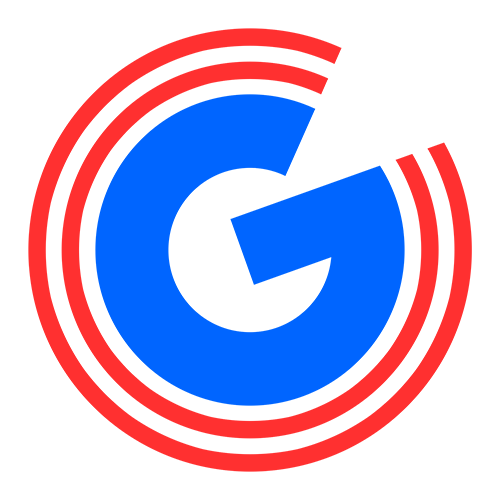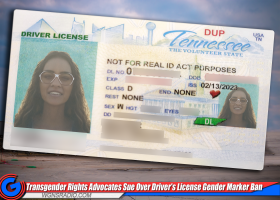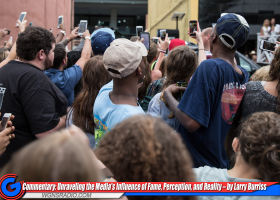Does the phrase "native advertising" mean anything to you? Well, MTSU Professor of Journalism Dr. Larry Burris says it's a made-up term that means internet advertising that is supposed to look like non-advertising content...
Maybe you've seen links on news sites that say something like "sponsored link," or "brand publisher," or "sponsor-generated content." And in general, that's ok. You click on the link and you are taken to an advertisement. The problem, though, is that in many cases the ad looks just like a news story.
For years newspapers, magazines, radio and television have made a concerted effort to make sure news and advertising are distinct. Newspapers and magazines even go so far as to put a label on advertising that looks too much like a news story.
All of this is to make sure the distinction between news and advertising is strictly maintained.
But now many news sites are running these so-called native ads, and recent research has shown many consumers can't tell the difference between news and commercials.
Publishers, of course, insist that their labeling and disclosures are clear, and that consumers are given adequate warning they are reading an ad, not a news story. It is clear, however, that consumers are confused, and in many cases say they feel deceived by the ads.
Here is the solution to the problem: advertisers need to stop trying to pawn off ads as real news stories, and news sites need to reject ads that might appear to be news or features.
News is news, and advertising is advertising. And that distinction needs to be maintained. I'm Larry Burriss.












